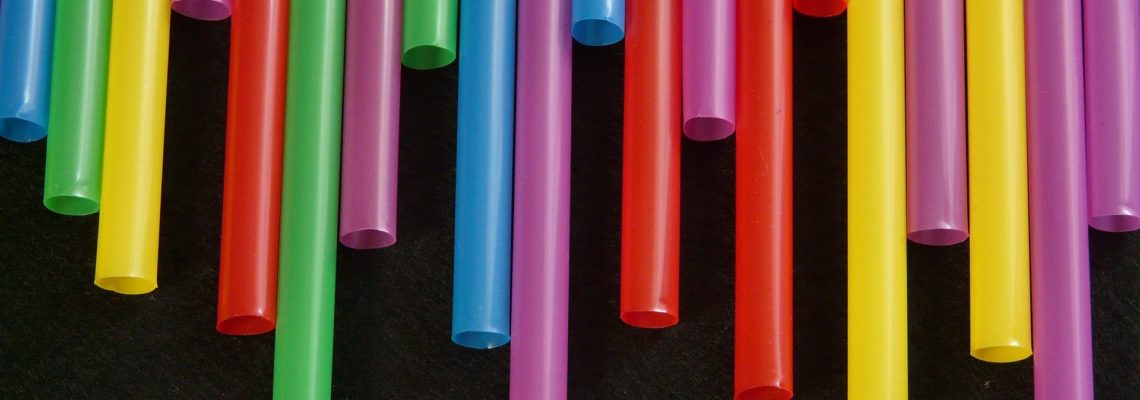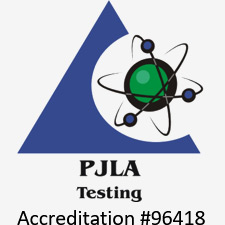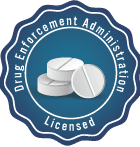Plastic pollution in the world’s waterways is an ongoing environmental catastrophe. Accumulation of non-degradable plastics – which can take hundreds of years to degrade naturally – threatens both freshwater and ocean marine life as well as the security of our soils and drinking water supplies.1–4 Biodegradable polymers, enabled by polymer testing and careful product development, may offer a solution to this problem.
The Plastic Problem
According to an article published in Science in 2015, between 4.8 and 12.7 million tons of plastic waste enter the ocean each year.5 A 2014 study estimated, based on a large number of surface net tows and visual surveys across the world’s marine environments, that a minimum of 5.25 trillion (5,250,000,000,000) plastic pieces are current afloat at sea, with a combined weight in excess of 250,000 tons.6 PET, HDPE and LDPE are among the various types of polymer testing our marine ecosystems’ ability to adapt. The amount of each polluting our waterways is increasing rapidly every second.
Because most plastic waste is produced onshore, freshwater ecosystems are at risk too. Recent research shows clearly that the problem of plastic pollution is not restricted to the oceans, with significant levels of microplastic particles and larger plastic debris found in freshwater sources including estuaries, rivers and lakes.7
The accumulation of plastic waste is particularly alarming because of the length of time required for most widely used polymers to degrade naturally. Plastic’s durability confers great advantages in food preservation, electrical safety, packaging and so on; but, when coupled with poor waste management practices, it has become a significant factor in its negative environmental impact.
The physical and chemical effects of marine plastic pollution (especially microplastics) on our environment are complex and not fully understood. However, plastic pollution is currently known to harm over 600 marine species as well as small organisms living on the seabed and in the water column.
Biodegradable Polymer Testing and Development
Development of biodegradable polymers may offer a solution to this problem.8 However, implementing viable biodegradable alternatives to widely used polymers is only possible through concerted polymer research, development and testing efforts.
Research involving biodegradable polymer development and testing is currently accelerating, with potential applications ranging from medical devices to bottles and shopping bags.9 However the problem of plastic pollution is far from solved: many plastics marketed as “biodegradable” require very specific conditions (such as temperatures over 50C) in order to break down.10
In order to identify and develop naturally biodegradable materials, manufacturers require in-depth polymer testing. Polymer testing techniques such as gel permeation chromatography (GPC) offer us a way to study biodegradation of polymers by measuring their molecular weight distributions and seeing how these change over time. Scanning electron microscopy (SEM) can also serve as a polymer testing technique to study biodegradation in plastic pollution samples.11
Other polymer testing techniques are essential in order to verify the suitability of newly developed biodegradable polymers for specific applications. For example, X-ray diffraction and SEM play a vital role in polymer testing by characterizing the nanoscale properties of these materials. It’s our hope that polymer testing will aid the development of naturally biodegradable polymers for widespread use.
Jordi Labs provides a comprehensive array of polymer testing and characterization services including gel permeation chromatography, SEM, and a range of thermal and physical analysis techniques. To find out more about polymer testing with Jordi labs, contact a member of our team today.
References and Further Reading
1. Chamas, A. et al. Degradation Rates of Plastics in the Environment. ACS Sustainable Chem. Eng. 8, 3494–3511 (2020).
2. Chae, Y. & An, Y.-J. Current research trends on plastic pollution and ecological impacts on the soil ecosystem: A review. Environmental Pollution 240, 387–395 (2018).
3. Wanner, P. Plastic in agricultural soils – A global risk for groundwater systems and drinking water supplies? – A review. Chemosphere 264, 128453 (2021).
4. Rojas, J. Plastic Waste is Exponentially Filling our Oceans, but where are the Robots? arXiv:1809.00798 [cs] (2018).
5. Plastic waste inputs from land into the ocean | Science. https://science.sciencemag.org/content/347/6223/768.
6. Plastic Pollution in the World’s Oceans: More than 5 Trillion Plastic Pieces Weighing over 250,000 Tons Afloat at Sea. https://journals.plos.org/plosone/article?id=10.1371/journal.pone.0111913.
7. Dris, R. et al. Beyond the ocean: Contamination of freshwater ecosystems with (micro-) plastic particles. Environmental Chemistry 12, 32 (2015).
8. Kershaw, P. J. Biodegradable plastics & marine litter: misconceptions, concerns and impacts on marine environments. (United Nations Environment Programme, 2015).
9. Lu, D. R., Xiao, C. M. & Xu, S. J. Starch-based completely biodegradable polymer materials. Express Polym. Lett. 3, 366–375 (2009).
10. The Truth About Bioplastics. State of the Planet https://blogs.ei.columbia.edu/2017/12/13/the-truth-about-bioplastics/ (2017).
11. Eich, A., Mildenberger, T., Laforsch, C. & Weber, M. Biofilm and Diatom Succession on Polyethylene (PE) and Biodegradable Plastic Bags in Two Marine Habitats: Early Signs of Degradation in the Pelagic and Benthic Zone? PLOS ONE 10, e0137201 (2015).





